Assignment #4


Gears that make 3 direction of motion
- x (along the rail), rotation (of the circular gear), y (along the screw)
https://www.dropbox.com/s/pugs8ps45f375u9/geargear_v4.3dm



Assignment #3

shapeways: 7.9635cm^3, $12.65
solidconcept: reviewing
i.materialise: $17.26

shapeways: 7.1749cm^3, $11.54
solidconcept: reviewing
i.materialise: $17.26
https://www.dropbox.com/s/1etb1fhr0mmzbry/pines_v3.3dm
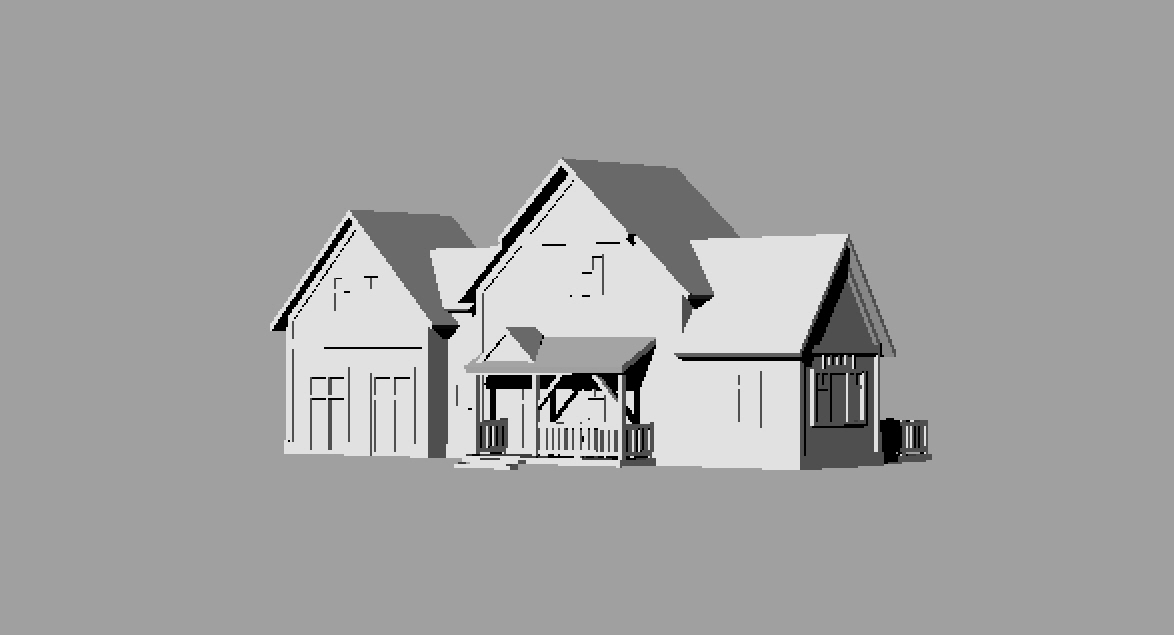
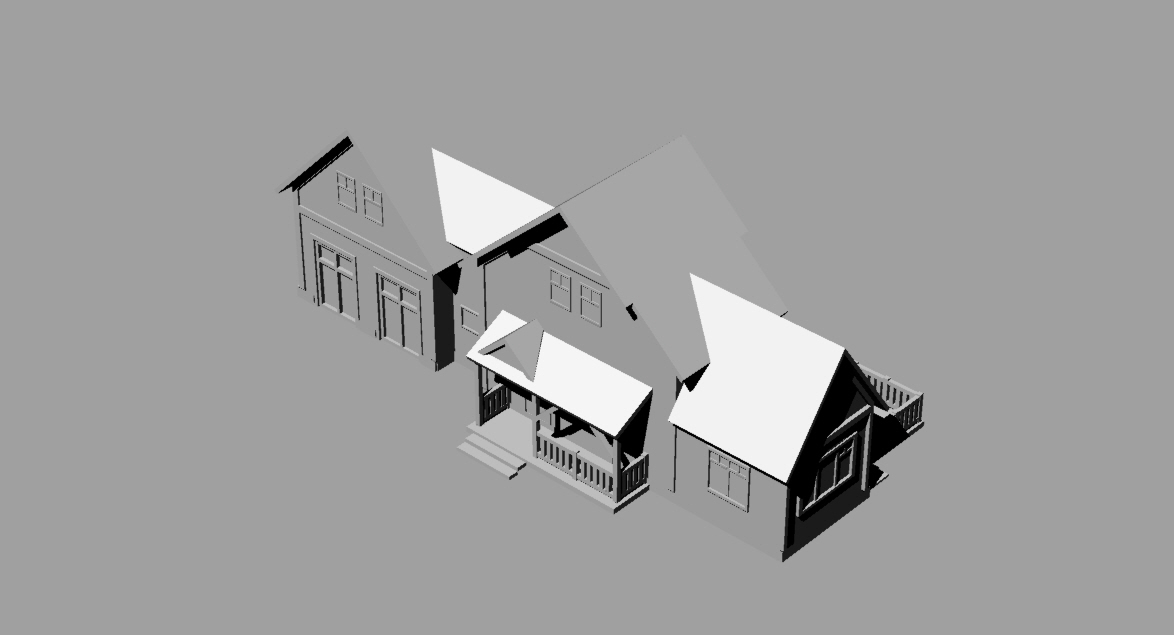

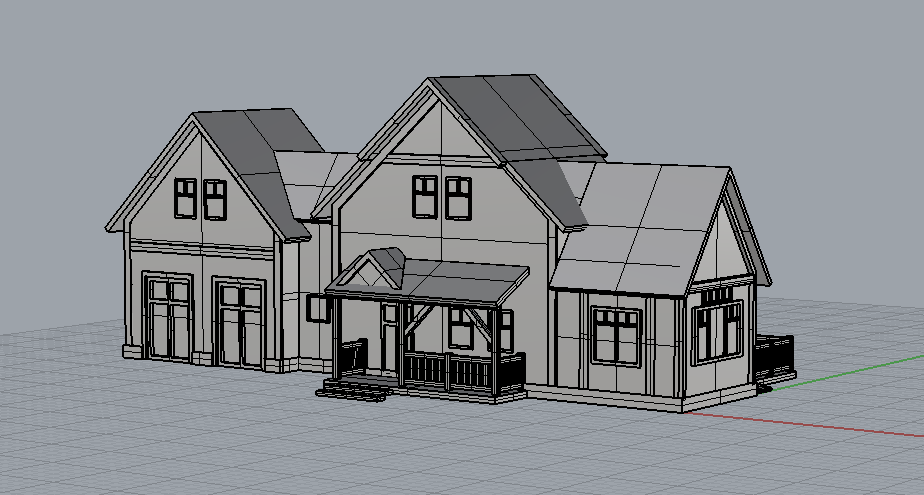
Assignment #2
3d model of a solid guitar https://www.dropbox.com/s/wa1ydzkkalbh0q5/gtr_solid.3dm
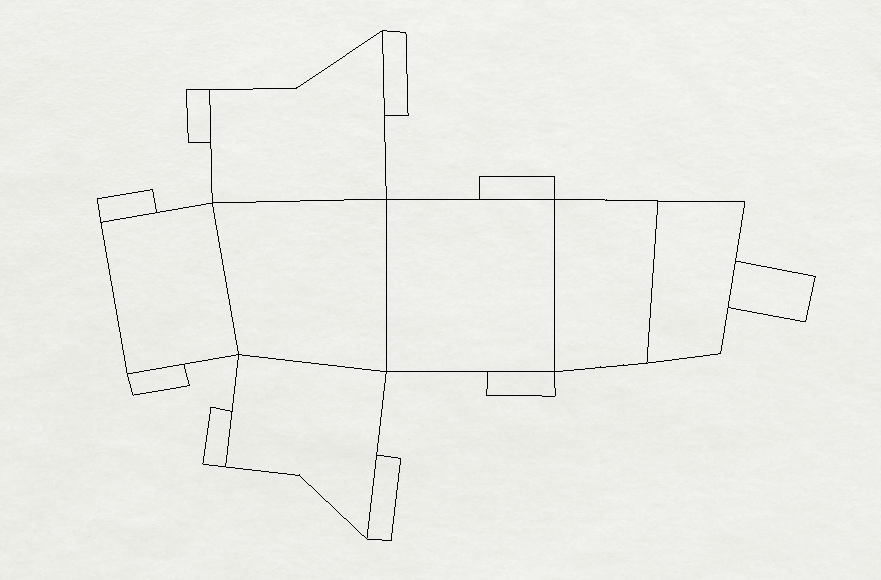

I was hoping to build a box with very simple structure, but yet has some distortions that creates dynamics. So I drew a regular cube, then I made modifications to the positions of each vertices to make imbalance to the overall shape.
The top of the box is not planar, and it is for letting the people who see this box understand how it should stand up - the correct position of the box.
To make the box seems seamless from outside, I make the assembly be done inside the box - using connectors that are fold towards inside. (see to figures below)

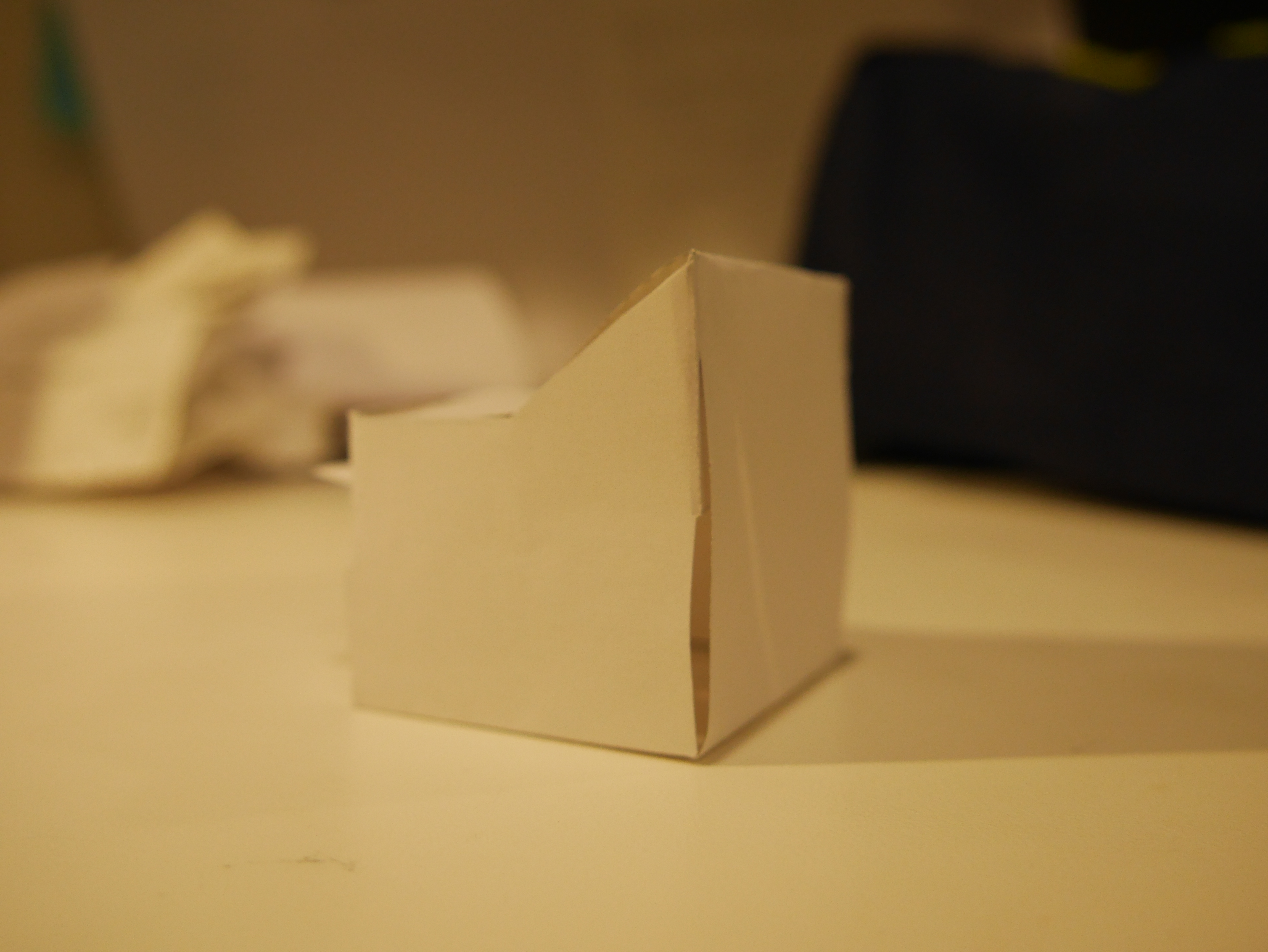
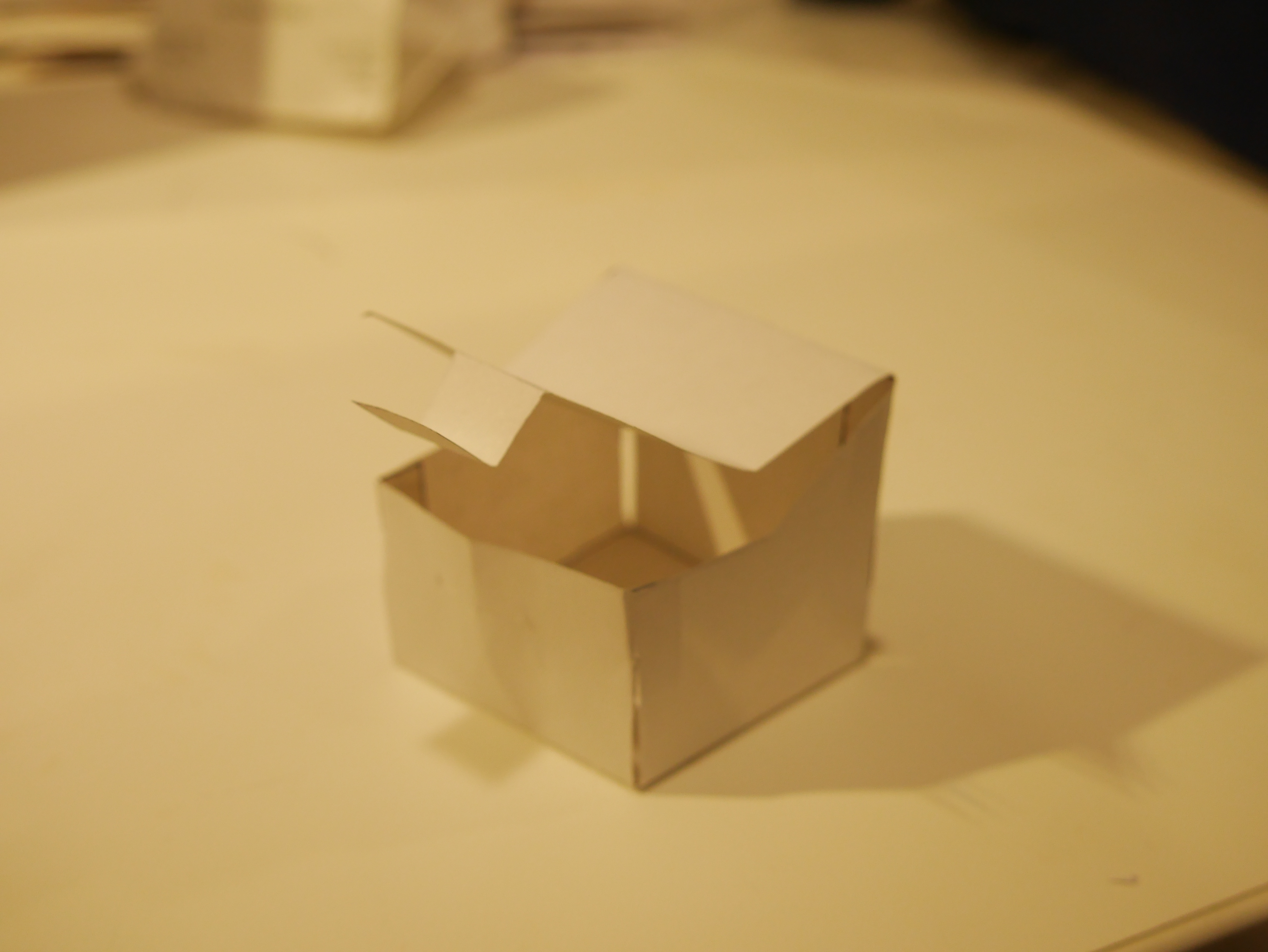
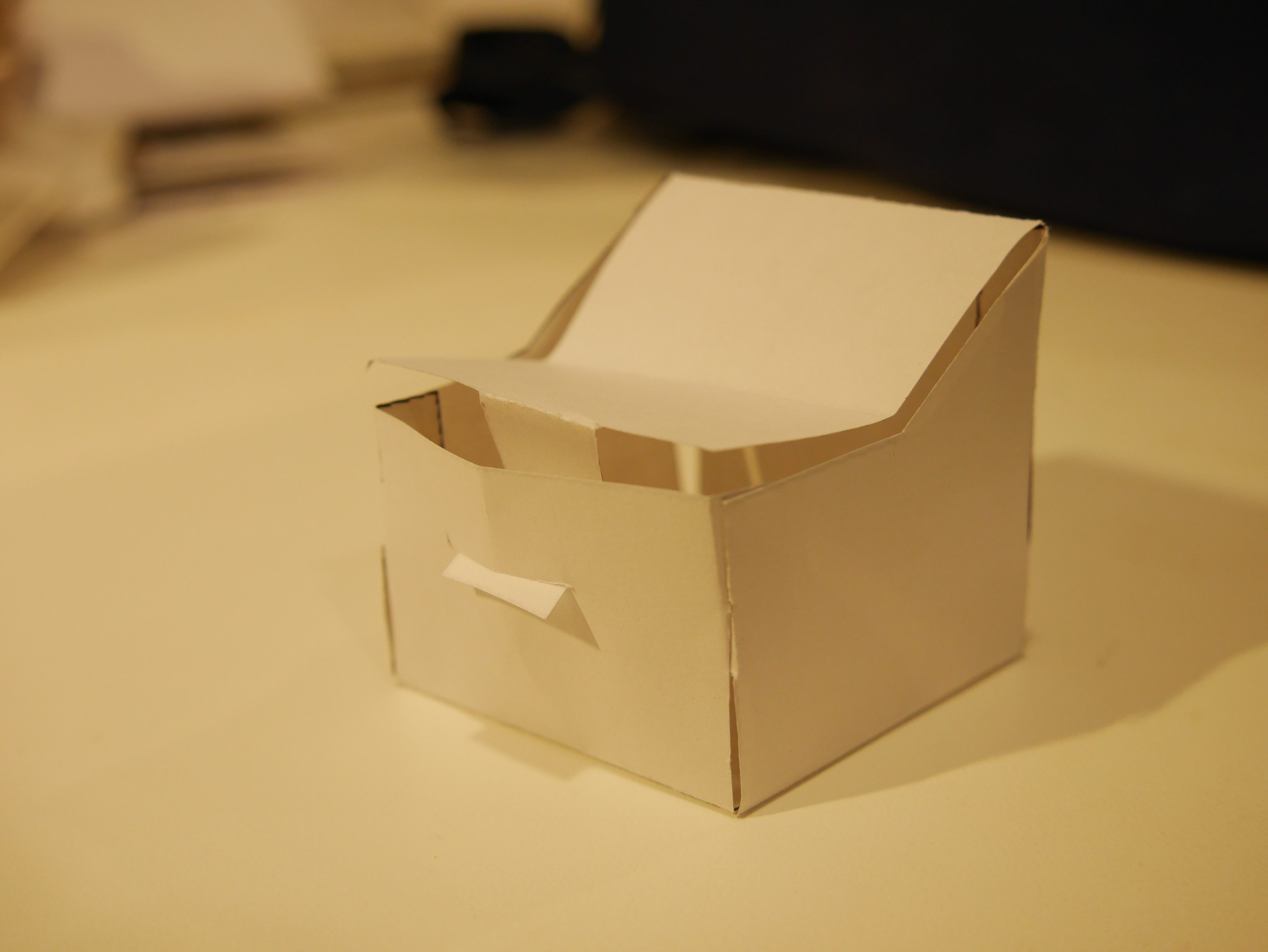
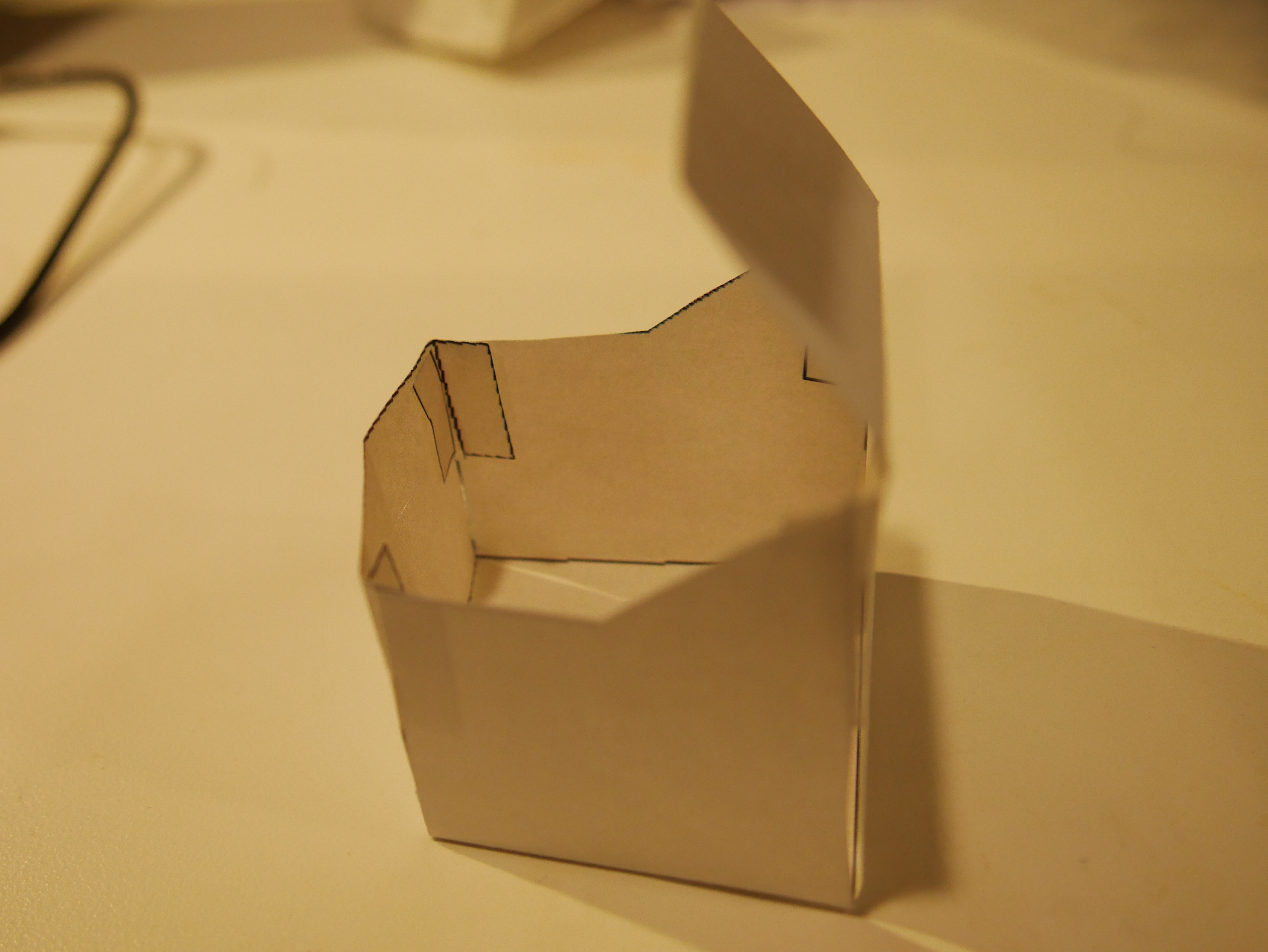
Parliament in London - Claude Monet
This painting gives a stable structural feeling by combining verticals and horizontals - the shadows on the water, sun's position, and the towers edge render strong vertical lines that divide the canvas into three subspaces with equal size. The horizontal line on the water separates the canvas' bottom one third third.
In terms of mass distribution, the bottom third contains darker colors suggesting more mass in the area. In the meanwhile, the sun's vibrant reddish color keeps the audiences' attention from falling down, letting them move through the reflection on the water to the the sky and finally arrive at the silhouette of the parliament.'

Leonaert Bramer's Drawings
I just saw an awesome collection of his work in Munich. His works usually contains very dynamic postures of the people inside, and very strong geometrical composition of the entities in the canvas. This piece also suggest an interesting composition. In the center, lots of thing are happing. An horizontal line is rendered by the two people's head on the right and the waist of the leftmost person, intersecting through the hole in the center. The head and left arm of the leftmost person aligns with the rightmost person's hand and body, creating a strong diagonal alignment through the center of the canvas.
If there were only strong centrifugal flow present in the drawing, it would have been difficult to enjoy the whole area on the canvas. In the background, subtle but repeated vertical elements alleviate too much attention to the center, allowing the eyes to move around the periphery of the canvas. Also the woman's right hand, the leftmost person's right arm, and the rightmost person's hat forms another diagonal arrangement - offsetting attention from the center.

1. The large iron in the middle gives a strong vertical component, while all the objects are aligned to create a horizontal arrangement. This is meant to create a stability while still pulling the attention to the center of the canvas.

2. Three objects suggest good balance using different scales and position. Also, the bottom lines are aligned to form a stable horizontal arrangement. The alignment of the headphone's earpiece and iron's edges creates a movement to the upper-left part of the canvas creating dynamic flow of attention.

3. The duck and the iron in different scale and position is to suggest balance across left and right. The position of headphone exaggerate that idea by adding diagonal element with stronger visual. The space divided by the objects also induces movement, giving more dynamics to the picture overall.

1. The different directions of triangles in the center and the right suggest a contrast between left and right third. There is also a contrast created by the negative triangle and the triangle in the middle. However, the scales of C-shape and double triangle match, giving an idea of balance.

2. The positive and negative shapes created by the objects renders more triangular shapes than given, inducing a strong feel of repetition. The circular edge of the C-shape, however, creates anomaly and draws attention, and the partial negative triangle created by the C-shape gives a local contrast with the one in the bottom-left.

The three triangular shapes are meant to suggest repetition, While the negative space created by the C-shaped object in the bottom creates the same triangle in different direction creating anomaly. Different sizes and positions of the objects suggest the feeling of 3d space - triangles in the back, C-shape in the front.

